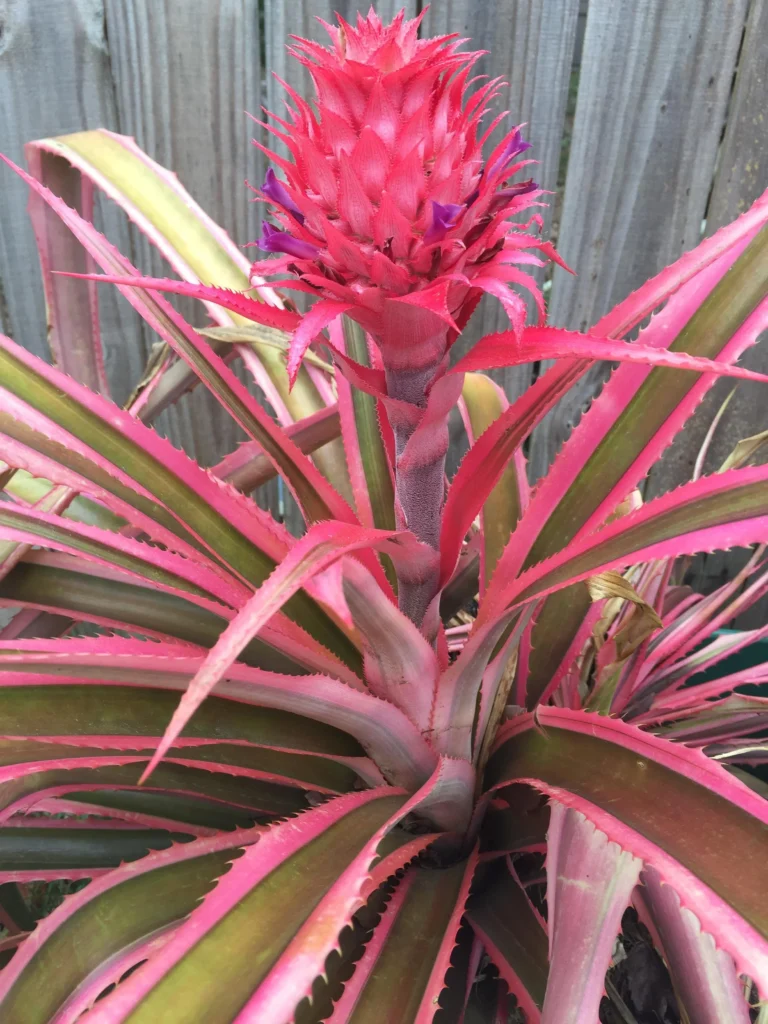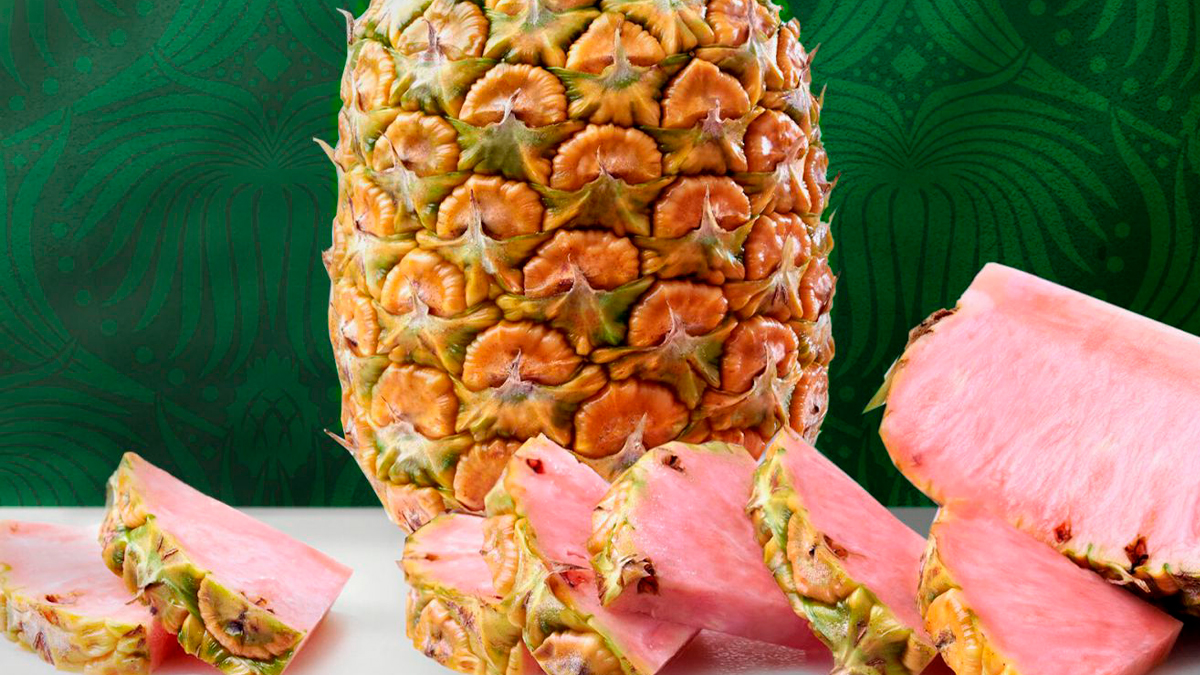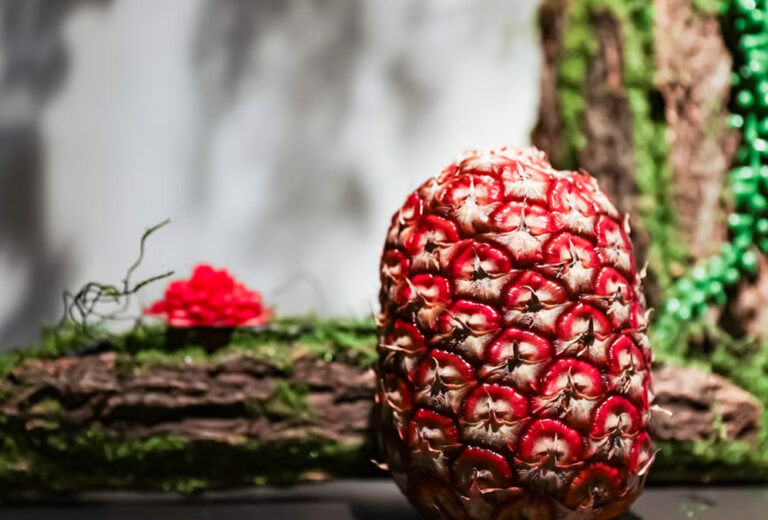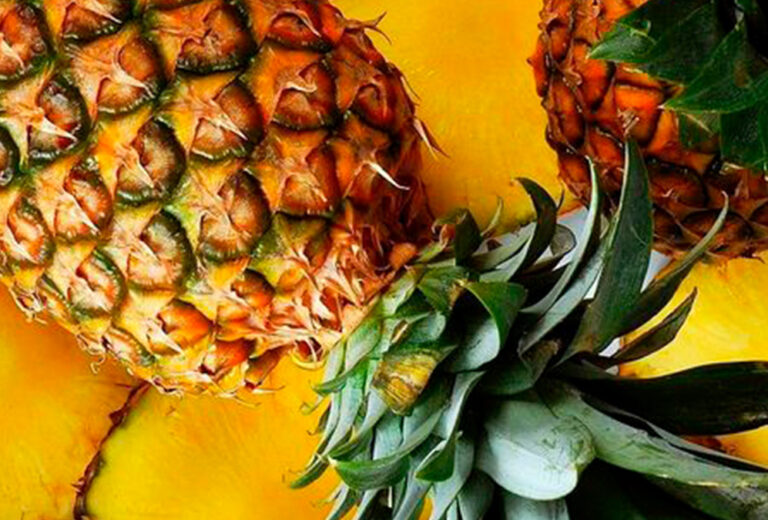Click here to read the Spanish version.
Scientific innovation has been altering and modifying food for a long time, but it is only relatively recently that GM foods have gained wider acceptance in society. The pink pineapple in the United States has been proof of this.
If you live in the US, you have probably seen them in supermarkets. These are packaged pink pineapples that have made more of an impact on social media and the internet than in reality.
The fruit gets its pinkish appearance from the use of DNA from mandarin oranges and tobacco, which scientists at US food giant Fresh Del Monte used to make it more Instagrammable than ever. The box is marked: ‘made possible by bioengineering’.

This pineapple in sync with the aestheticisation of the digital age boasts pink flesh, a sweeter taste and more antioxidants. In fact, its creator Del Monte is not claiming any health benefits, but rather touting the specimen’s Instagram-ability. ‘It’s a social food,’ says Chris Cummings, a researcher at North Carolina State University’s Center for Genetic Engineering and Society.
If the trend continues, the Pinkglow pineapple could herald a shift in consumer attitudes towards GM crops as a food system of the future that will involve more bioengineering also due to the impact of climate change on crops.




